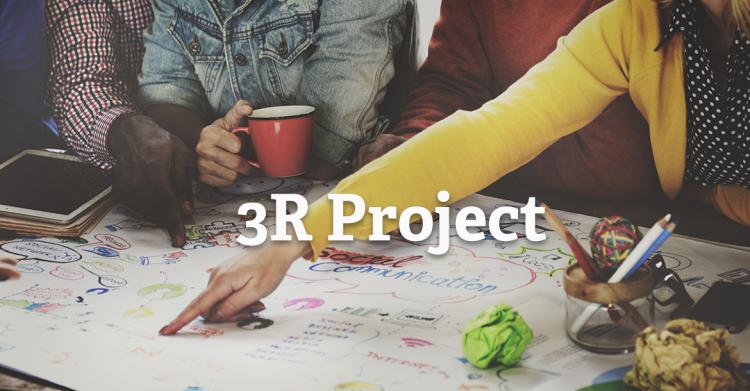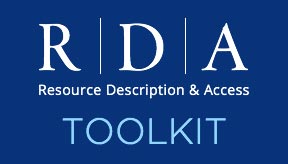3R Project Status Report #2

This is the second status report for the RDA Toolkit Restructure and Redesign Project. The 3R project has been proceeding with an extended string of discussions with developers as well as with the RDA Steering Committee (RSC). These discussions have led to decisions in some cases and further questions in others. And it is important to note that real work is underway.
- the restructure of the RDA data is nearing completion,
- a new translation system has been implemented,
- the redesign of the user interface is in its initial phases.
What follows are updates on some specific issues and information on what to expect in the coming months.
RDA text revisions
RDA is being revised to conform to the IFLA-Library Reference Model. The RDA Steering Committee (RSC) is also using this period of change to reorganize the structure of RDA, shifting to a new outline that includes two primary sections—General Guidance and Entities. The RSC is already writing and shaping these new chapters, some which will be entirely new and some that will be comprised largely of existing instructions. The sections within each chapter will be focused on individual elements and sub-elements associated with an entity. At the RDA Forum at the ALA Annual Conference last month, the RSC proposed that these element and subelement sections would follow this structure:
- Definition and scope statement
- User tasks
- Sources
- 4-fold path
- Provenance
- Recording
- Links to related elements (both more general and more specific)
- Links to topics in general chapters
Examples
The RSC is responding to the User Group’s call for more and better examples. While examples with embedded MARC encoding (or any other encoding) will not be added, our expectation is that the redesigned toolkit will offer a variety example types. In addition to the basic examples currently seen in the Toolkit, we hope to add examples with greater context, relationship diagram examples, and examples in each of the 4-fold path options. Users will be able to set preferences for the type of examples they want to see.
Site redesign
Design for Context, a user experience firm, has been engaged by GVPi, our front-end developer, to assist with the redesign of the Toolkit. User stories have been shared with them, and there have been several meetings already, including a face-to-face session with RSC members. Initial drafts of the site architecture have been developed, and in the coming weeks wire frames and style concepts will be developed. Mock-ups and screen shots will be shared on this blog as we get closer to the final design.
Revision History
There has been a lot of discussion about how to handle revision history, and interest in supplying track changes-type document of revisions. After continued discussions with developers it has become clear that the track changes-document will not be possible for the 3R project. It is simply too labor-intensive at this time, but we will continue to search out a way to make such a display possible in the future. In the meantime a new approach is needed. The idea is that the Toolkit will provide Release Notes with each release and covering each language version. Notes are likely to include a list of instructions that have changed, a brief description of why the revision was made, and pdfs of all the old versions of the RDA instructions.
Profiles
As planning has progressed in the last couple of months, it has become clear that the role of institutional and personal profiles will play a large part in the User Experience for the redesigned site. As more document sets are added to the Toolkit and more user-created documents are shared globally with subscribers, there needs to be a way for staff managers to filter content and create a specific collection of resources and local notes for their staffs. Also users need to be able to further refine Toolkit content and add personal notes, “favorite” passages, and easily track their own activity on the site. To provide the best possible Toolkit experience, profiles will be essential, and it is likely user profiles will be required or at least strongly recommended and that staff managers use the admin site to create subscription profiles.
REMINDER--During the 3R Project, RDA Toolkit will remain fully accessible to all. However, there will be no revisions to the English RDA instructions between the April 2017 release and the rollout of the 3R redesign, expected in Spring 2018. The current Toolkit will remain accessible online for one year after the roll out of the new site.
The next status report should come out in September or October.
